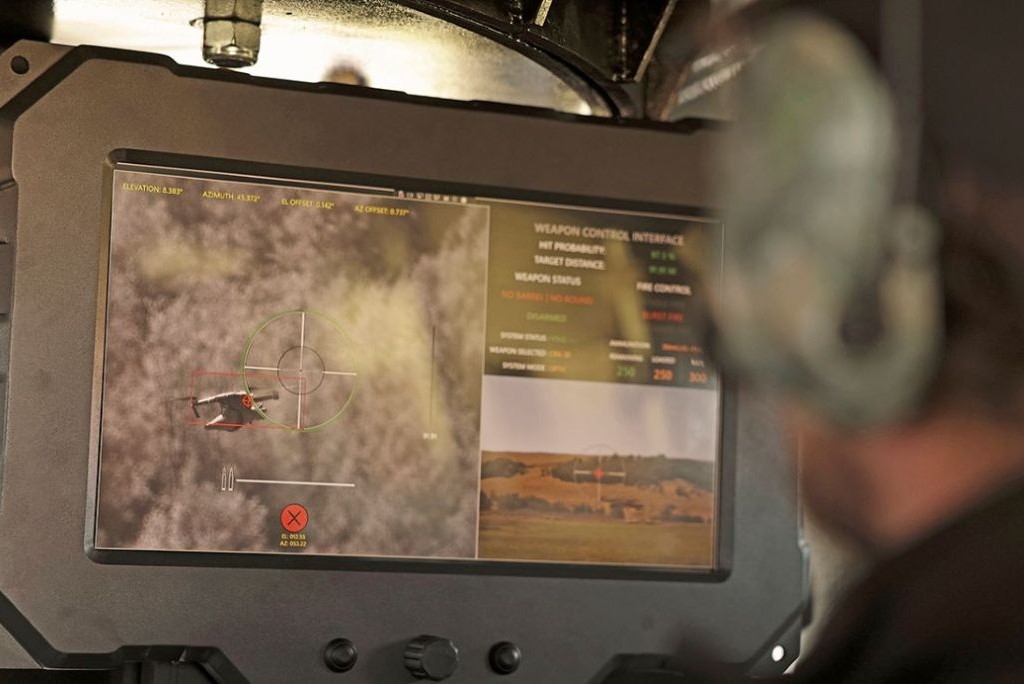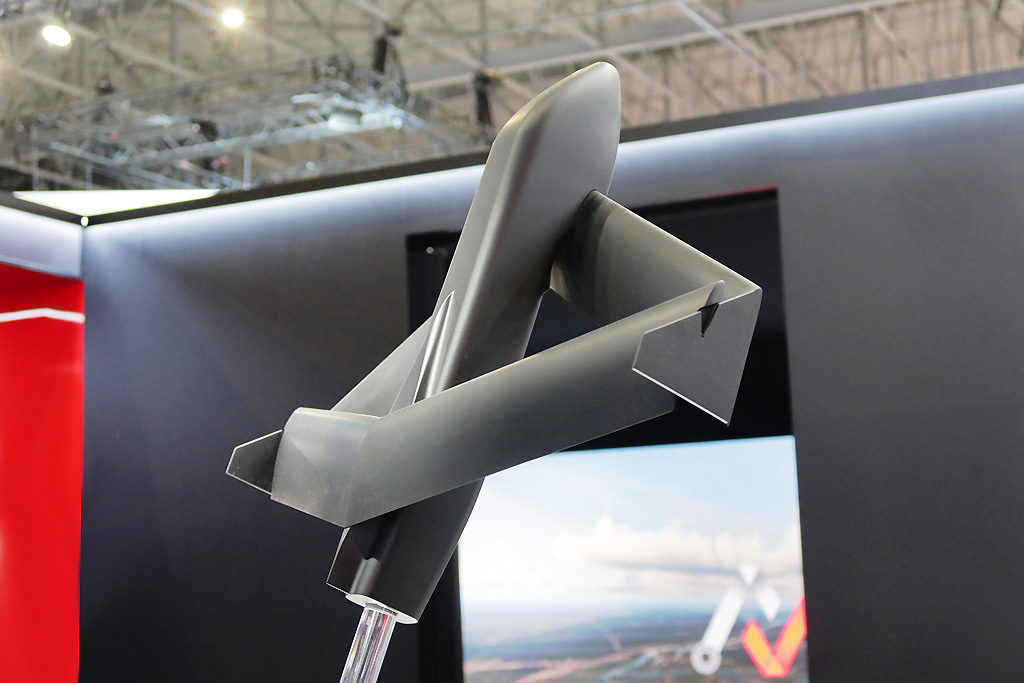DARPA’s X-65: Advances in Active Flow Control Technology
Overview of the X-65 Program
The Defense Advanced Research Projects Agency (DARPA) is moving forward with the X-65, an experimental unmanned aircraft built by Aurora Flight Sciences, a subsidiary of Boeing. Initially slated for its inaugural flight in 2025, the project has delayed its timeline by over two years due to strategic reassessments and increased production costs. The first flight is now anticipated for late 2027.
Innovative Flight Control Mechanism
The X-65 is designed as a testbed for a revolutionary concept known as “active flow control.” Unlike traditional aircraft that utilize mechanical flaps and rudders to manage pitch, roll, and yaw, the X-65 will employ small bursts of air to modify airflow over its wings, creating a dynamic control mechanism. This innovative approach aims to enhance the aircraft’s maneuverability while reducing the mechanical complexity commonly associated with conventional flight controls.
Key Features:
- No mechanical flaps or rudders: This lack of traditional control surfaces represents a significant shift in aircraft design.
- Air bursts for maneuvering: Instead of thrust from conventional means, these air bursts function akin to creating localized “speed bumps” in airflow.
- Focus on efficiency: The technology seeks to not only optimize aerodynamics but also minimize energy expenditure and overall aircraft mass.
Financial and Logistical Challenges
The development of the X-65 has faced several hurdles, primarily concerning escalating costs associated with prototype production. DARPA officials recently characterized these delays as inherent to high-risk projects like this one, acknowledging that the need for technical and supply chain adjustments has extended development timeframes.
- Cost Management: To bring expenses back within an acceptable range for the government, DARPA restructured its partnership with Aurora, designating the firm as a co-investor in the program.
- Strategic Pause: This break allowed for a thorough evaluation of project goals and ensured synchronization between DARPA and Aurora’s investment strategies.
Christopher Kent, the program manager for CRANE (Control of Revolutionary Aircraft with Novel Effectors), noted that demonstrating active flow control opens up new possibilities in aircraft design for both military and commercial applications.
Development Timeline and Future Prospects
As of January 2024, fabrication of the X-65 demonstrator has commenced at Aurora’s facilities, with expectations for a 30-foot wingspan, a total weight of 7,000 pounds, and operational speeds surpassing Mach 0.7 (over 500 mph). Key milestones include:
- Fuselage Completion: Anticipated for January 2026.
- Ground Testing: Projected to begin late 2026 or early 2027, following integration work.
- First Flight: Now scheduled for late 2027.
Aurora’s spokesperson confirmed that following the completion of the fuselage, further integration and ground testing will be crucial precursors to the maiden flight.
Funding and Investment Insights
Recent fiscal reports indicate that DARPA allocated $38.3 million to the CRANE program in FY 2024 and plans to invest an additional $23.9 million in FY 2025, with $4 million earmarked for FY 2026. These investments underline the importance of the X-65’s successful development and the potential impact of its technology on next-generation military capabilities.
Collaborative Outlook
As Aurora continues to advance the construction of the X-65 in Bridgeport, West Virginia, both entities remain optimistic about their partnership. The transition to a co-investor model is expected to streamline operations and ensure that the primary technical challenges surrounding active flow control technology are met.
Larry Wirsing, Aurora’s vice president of aircraft development, affirmed the company’s commitment to leveraging innovative technologies in future aircraft designs and research missions. The insights gained from the X-65 program could fundamentally reshape the aerial landscape in coming decades, both in defense applications and commercial aviation.
Conclusion
The X-65 program exemplifies DARPA’s commitment to pioneering technologies that redefine flight capabilities while addressing the complexities of modern military needs. As tests progress, the implications of successful active flow control implementation could extend well beyond this project, influencing the future trajectory of aviation design and operational efficiency.





